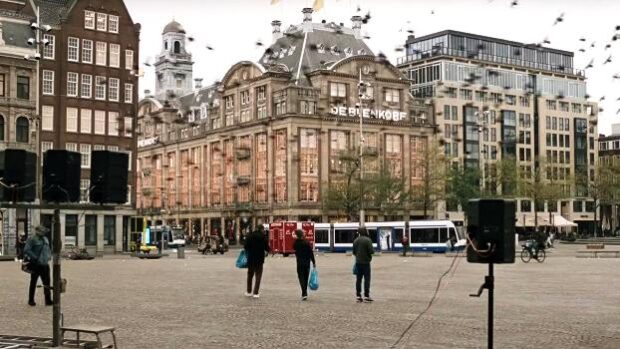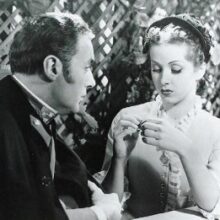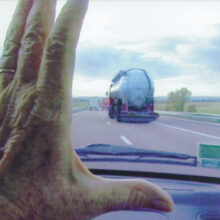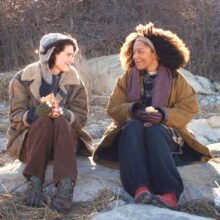

Documents the German occupation of Amsterdam from 1940 to 1945 by showing us many locations in the city as they appear today, while a narrator tells us what people and events from the Nazi period lived or took place in that location.
Try to imagine your country being attacked, conquered, and then occupied by a hostile foreign power. It’s difficult unless you’ve been through it. The most prominent examples occurred during the Second World War, when Nazi Germany conquered most of the European countries, instituting its murderous practices into the fabric of these countries. We have countless testimonies and books. And motion pictures have told the stories, both in dramatic and non-fiction films. Can anything fresh and new be made of this old subject? A recent documentary from British director Steve McQueen goes further than I thought possible in making us understand viscerally what it was like. The example is Amsterdam in The Netherlands, from 1940 to ’45. The name of the film is Occupied City.
The idea originated with McQueen’s wife, Dutch author and filmmaker Bianca Stigter. Her book, “Atlas of an Occupied City” meticulously goes through each street in Amsterdam, describing the houses, landmarks, and most importantly the people who lived and worked there during the German occupation. McQueen presents a wide selection from Stigter’s numerous entries. His technique seeks to bring the reality home to us in a way that period footage can never do. The camera roves through the modern city, the Amsterdam of our century, never showing us any photos, film, or sound recordings from the 1940s, only the city of the present, while a voice-over narrator, Melanie Hyams, gives us comprehensive and precise descriptions of the past, adapted by Stigter from her book.
We first hear a street address, and we’re shown the current location of that address—private homes, apartments, and public places like schools, hospitals and parks. Then the narrator tells us what used to be there: a Nazi police station where people were tortured, or a home whose occupants helped hide their Jewish neighbors. There are places of resistance and places where the German program of extermination was carried out, where Jews were assembled in the square to be deported to the camps, or where resistance fighters were executed. The fates of the victims are recorded: murdered in Auschwitz or other killing centers, or betrayed by collaborators. There was a Dutch Nazi Party that participated in the occupation government, and Dutch police that enforced Nazi laws.
The footage was shot during the height of the pandemic, and the lockdowns the authorities tried to impose. It’s not meant as a parallel, but the stress and isolation sometimes faintly echo the trauma of occupation. The remarkable thing about the technique is that watching the modern city life while listening to the accounts of the nightmarish past brings that past urgently to life. This isn’t just something that happened in an old black-and-white newsreel. It happened on these very streets, these buildings, these houses, although often an entry will end with the word “demolished,” showing us how fragile the evidence of the past can be, when many places get torn down to make way for new ones.
The other way this is all brought home to us is through the exhaustive detail. The movie is four and a half hours long. Watching at home might be difficult to do in one sitting without being overwhelmed. And when you think about how all of this has become terrifyingly relevant today, it might even be harder. Yet, Occupied City is essential viewing.






